NYS has launched a new phase of the It’s Not Just media campaign which exposes the tobacco industry’s intentional efforts to increase menthol product appeal to the LGBTQIA+ community.
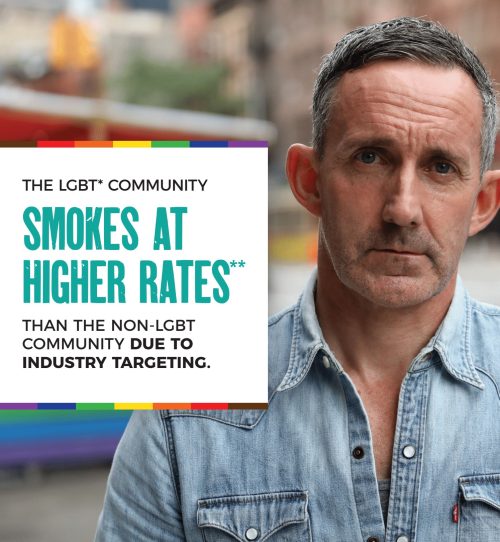 LGBTQIA+ people use tobacco, including menthol cigarettes, at higher rates than people who are cisgender and straight. National data shows that people who identify as bisexual are twice as likely to start smoking or be current smokers; 35.5% of transgender people are current smokers compared to 14.9% of heterosexual adults; and black transgender youth use tobacco at six times the rate of black cis youth. Additionally, 51% of lesbian/gay and 46% of bisexual smokers use menthol cigarettes, compared to 39% of heterosexual smokers.
LGBTQIA+ people use tobacco, including menthol cigarettes, at higher rates than people who are cisgender and straight. National data shows that people who identify as bisexual are twice as likely to start smoking or be current smokers; 35.5% of transgender people are current smokers compared to 14.9% of heterosexual adults; and black transgender youth use tobacco at six times the rate of black cis youth. Additionally, 51% of lesbian/gay and 46% of bisexual smokers use menthol cigarettes, compared to 39% of heterosexual smokers.
While the prevalence of stressors such as stigma, prejudice and discrimination no doubt contribute to the disproportionately high smoking rates among LGBTQIA+ people, the tobacco industry’s decades-long aggressive marketing to the LGBTQ+ community has also played a significant role. For more than 30 years, major tobacco companies have tried to present themselves as allies to LGBTQIA+ communities through representation in tobacco ads, sponsorship of Pride events, and financial support to HIV/AIDS organizations. The goal was to make smoking, and menthol in particular, an accepted part of queer culture.
And it worked. . .with deadly consequences. In a single year, LGBTQIA+ community members spent more than 12x as much on cigarettes than was donated to all LGBTQIA+ causes combined. While much more research is needed to fully understand the toll tobacco takes on LGBTQIA+ lives, tobacco use contributes to LGB adults having more risk factors for cardiovascular disease than straight adults. Tobacco use also causes cancer, stroke, lung diseases, diabetes, and COPD and can cause complications for people living with HIV. In fact, people living with HIV, including those with access to treatment, lose more years of life from smoking than from HIV.
Learn more about the impact of tobacco use on the LGBTQ+ community and what you can do to address these health disparities here.
*We have chosen to use LGBTQIA+ (lesbian, gay, bisexual, transgender, queer, intersex, asexual, +) to reflect the diversity of sexuality and gender identity-based cultures. When single terms like “gay,” “lesbian,” “bisexual,” and “transgender” or shorter initialisms (LGB or LGBT) are used, it reflects the research on which the data presented is based. For a more comprehensive list of terms used by members of the LGBTQIA+ community to describe themselves, visit the Human Rights Campaign.
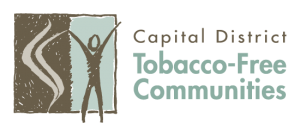

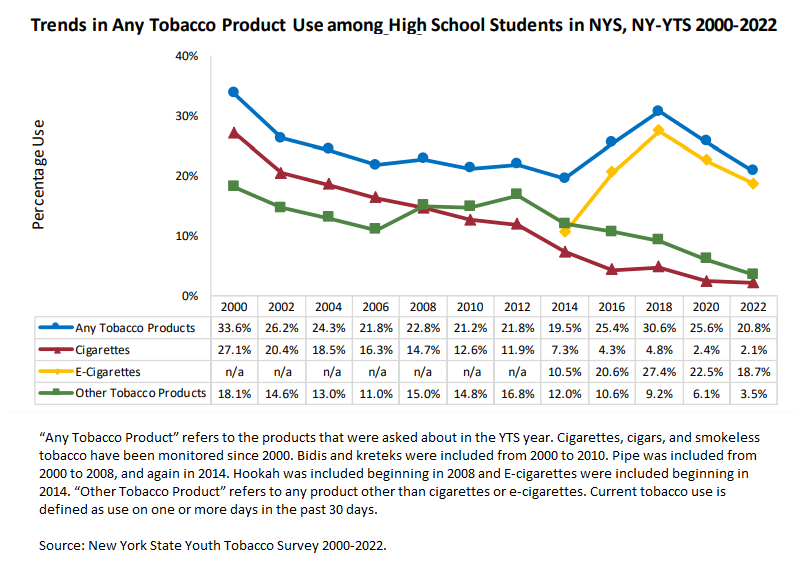
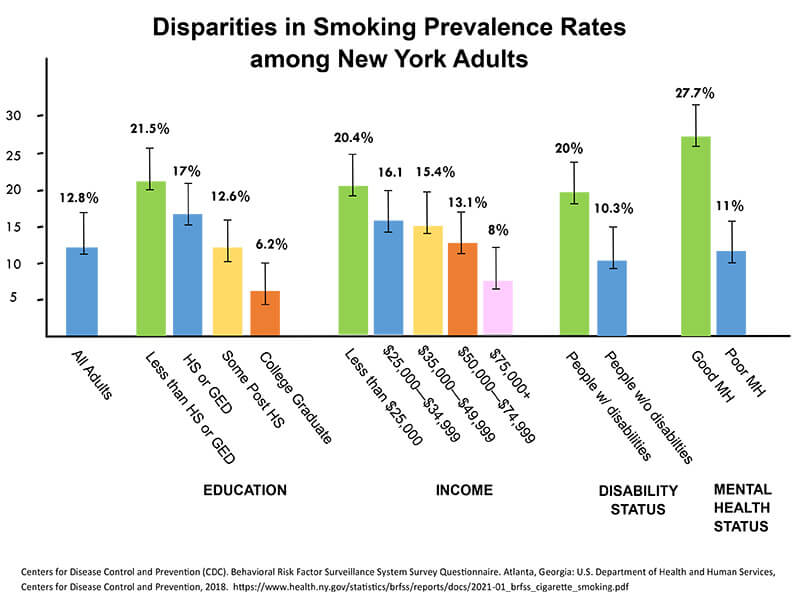
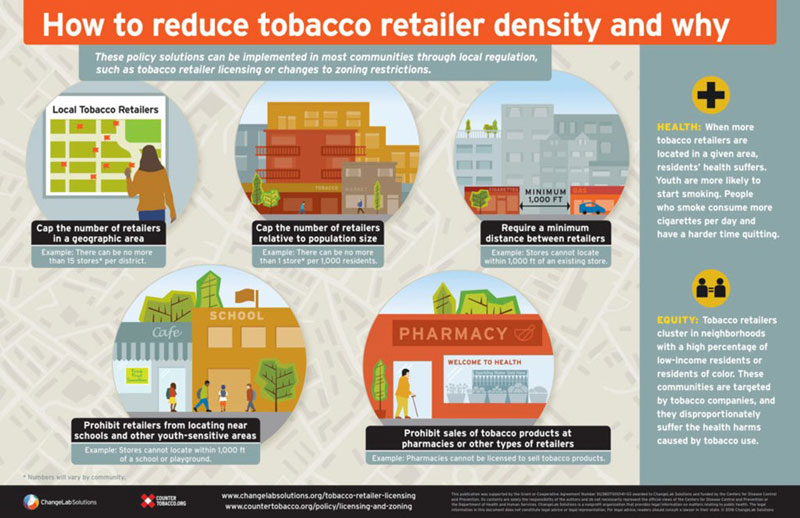



 To the left is a typical tobacco product display. If you don’t use tobacco, you may not even notice, but kids do. Kids see. Kids notice. Kids remember. In fact, kids are more than twice as likely as adults to notice and remember retail tobacco marketing.
To the left is a typical tobacco product display. If you don’t use tobacco, you may not even notice, but kids do. Kids see. Kids notice. Kids remember. In fact, kids are more than twice as likely as adults to notice and remember retail tobacco marketing.